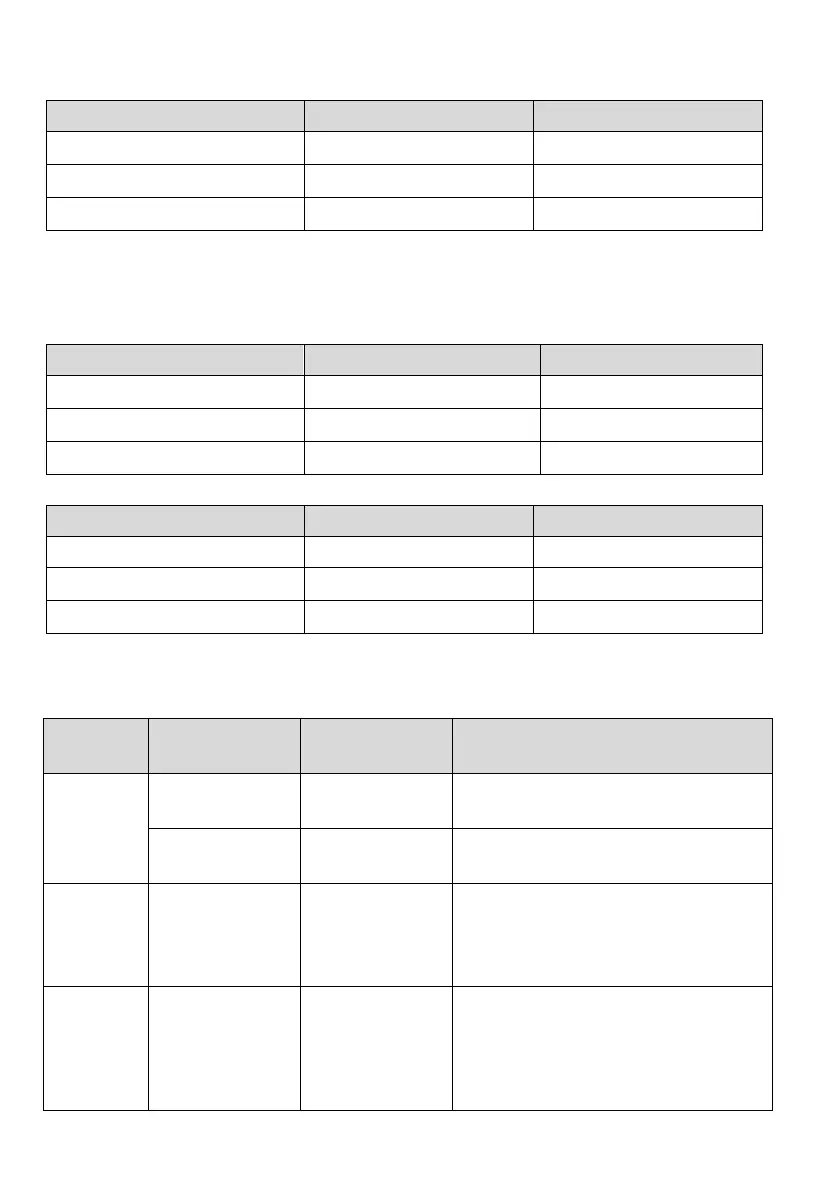244
If the operation is successful, the response frame is as follows:
Application-layer protocol data unit Data length (number of bytes) Value or range
Command code 1 0x06
Register address 2 0x0000~0xFFFF
Register content 2 0x0000~0xFFFF
If the operation is failed, it will return to the abnormal response frame and its format is as shown above.
3. Line diagnosis
The application-layer protocol data units are as follows.
Request format:
Application-layer protocol data unit Data length (number of bytes) Value or range
Command code 1
0x08
Sub-command code 2
0x0000~0x0030
Data 2
0x0000~0xFFFF
If the operation is successful, the response frame is as follows:
Application-layer protocol data unit Data length (number of bytes) Value or range
Command code 1 0x08
Sub-command code 2
0x0000~0x0030
Data 2
0x0000~0xFFFF
If the operation is failed, it will return to the abnormal response frame and its format is as shown above.
The sub-command code values supported by the line diagnosis and their meanings are as shown in the
following table:
Sub-command
code
Data (request) Data (response) Function
0x0001
0x0000 0x0000
Reinitialize the communication: make the no-response
mode become disabled
0xFF00 0xFF00
Reinitialize the communication: make the no-response
mode become disabled
0x0003
The high byte is “new
frame trail” and the low
byte is “00”.
The high byte is “new
frame trail” and the low
byte is “00”.
Setting the frame trail of ASCII mode, and the “new
frame trail” will replace the original line feeds and it will
not be saved if power off (the value of “new frame trail”
can neither exceed 0x7F, nor equal to 0x3A).
0x0004 0x0000 No response
Setting the no-response mode. In this mode, the slave
only respond to “the request of reinitializing the
communication” (the request of sub-command code
0x0001), and it will not process or response any other
requests. This function is mainly used to isolate the
